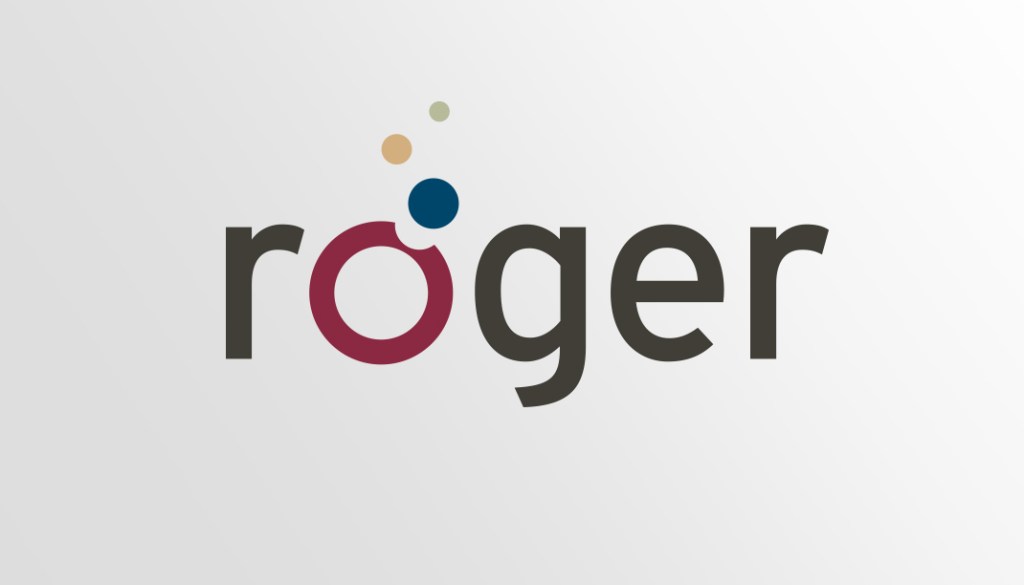Roger is an adaptive, digital wireless transmission technology by Phonak that operates in the 2.4 GHz band. Roger audio signals are digitally encoded and broken down into microsecond-scale packets (160 μs), which are then sent to the receivers multiple times in different channels between 2.4000 GHz and 2.4835 GHz.
Frequency hopping between channels, together with multiple transmissions, overcomes the problem of reception interference. The latency is only 12.8 ms. Roger systems ensure user privacy is maintained, as signals cannot be tapped even by accident – Roger is interception-proof.
The frequency hopping used by Roger is adaptive. This means that only free channels are used. Roger transmitters constantly monitor all 40 channels and inform the system which channels are continuously occupied (by other nearby systems operating in the 2.4 GHz range, such as a WiFi network) and which channels are available. The Roger transmitter automatically “jumps” around these occupied channels.
This means that even with a high transmission volume at 2.4 GHz, the loss or interruption of a Roger connection is highly unlikely. By way of comparison: with Bluetooth, the repeated transmission of a data/audio packet is only performed at the receiver’s request or with the SCO protocol. If a Bluetooth transmitter receives feedback saying that a data/audio packet has not reached the Bluetooth receiver, the data/audio packet is sent again. This means that Bluetooth receivers are virtually continuously transmitting back to the transmitter, which in turn significantly increases energy consumption in the Bluetooth receiver.
With Bluetooth, the maximum number of receivers is limited to three. This means that even two listeners with binaural Bluetooth receivers cannot hear one and the same Bluetooth transmission. Not to mention larger groups. With the Bluetooth headset protocol, the audio delay is still acceptable (10 to 15 ms), but the audio bandwidth is often limited (up to 4 kHz), unless the “broadband speech function” of the hands-free profile version 1.6 is used, extending the bandwidth to 7 kHz. In the Bluetooth audio streaming protocol, A2DP, the bandwidth increases to 20 kHz. However, the audio delay of over 100 ms prevents it from being suitable for a personal conversation. This delay can only be reduced to approx. 40 ms with special Bluetooth chips.
Roger offers a comprehensive audio frequency bandwidth from 200 Hz to 7300 Hz. The internal signal-to-noise ratio of the system is approximately 55 dB, which reduces background noise. Roger can not only transmit audio signals, but also receive and transmit control data – for example, when setting up and/or maintaining a MultiTalker Network. Electromagnetic waves at 2.4 GHz have a wavelength of approximately 12.5 cm. This enables the use of new, small wireless microphones that contain miniature built-in antennas. The wavelength is 37.5 cm at 800 Mhz and 1.5 m at 200 MHz (in the conventional FM frequency range). To receive these signals, a user must carry an external antenna, which usually doubles as an external microphone.
No licence is required for the 2.4 GHz band (known as the ISM – Industry, Science and Medical – band), as it is freely accessible worldwide. This means that Roger can be used all over the world. Service is also guaranteed when travelling, as every country has the same standard.
Products with Roger technology:
Roger Earpiece System for studio, movie and radio professionals
Roger Covert System for covert, mobile surveillance
Roger technology for hearing aids and accessories

